Table of Contents
Introduction
Gardening, for many, is a form of therapy. It is the practice of growing and cultivating plants. It can be vegetables, fruits, flowers, herbs, and ornamental plant. Flower gardening, among them, has become a booming industry in recent years. And many have taken up this as a hobby as well as a venture. Though starting a flower garden can be overwhelming for many, there are some easy techniques for beginners. Likewise, there are advanced methods for professional gardeners.
Gardening guide for beginners -12 Tips
These are a few easy-to-grow tips to create and plant a personal garden with a variety of flowers.
Right Soil
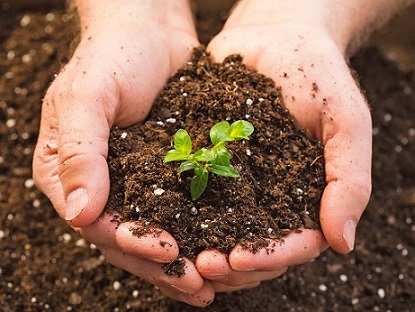
Choosing the right soil should be the primary focus as you plant flowers. Soil test should be done to identify whether it is acidic or alkaline. This will give you an idea regarding the kind of soil mixture you need for your plants.
Correct Location
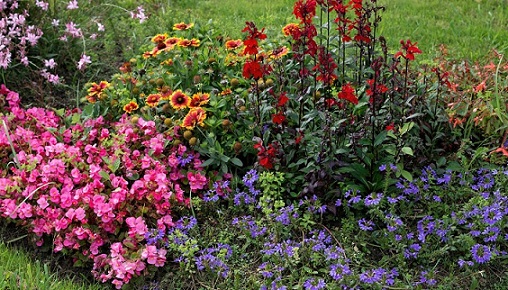
Deciding or choosing the correct location will play a pivotal role in the success of your flower garden. Most flowers thrive in partial or full sun. There are of course some houseplants which prefer or tolerate low light or indirect sun.
Start Small
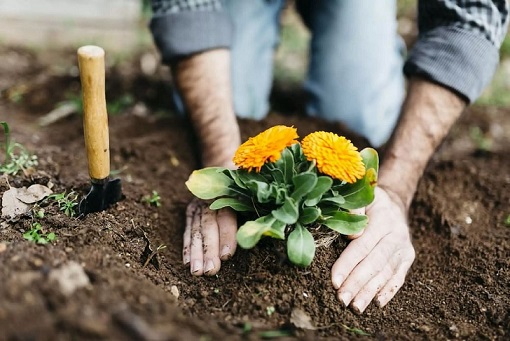
It is always advisable to start small. If space is an issue, especially in urban areas, you can always opt for Polystyrene (Thermocol) boxes, seedling bags, and containers (flower pots).
Select Which Flowers To Plant

Selecting which flowers to plant is the next step. There are different types – Annuals, Biennial and Perennial. Depending on your preferences and zones, you can choose the flower seeds. A little study helps in choosing the best.
Basic Gardening Tools
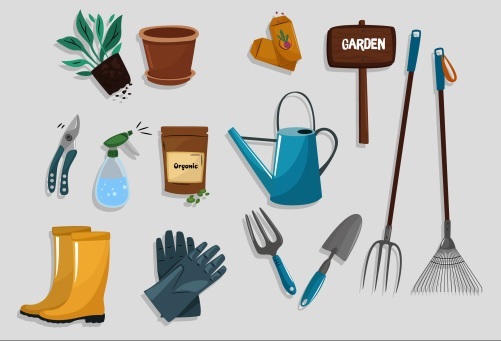
Lookout or buy basic gardening tools like pruning scissors, spade, trowel, garden fork, garden hose (pipe) and watering can. These are essentials that every aspiring or professional gardener requires and need to own.
Click Here to Check out Centurion Pro Tabletop Trimmer that has 40% Flower preservation!
Planning

Planning or mapping out the layout is an important step. There is a need for detailed attention to spacing, depending on their requirements. This will enhance the growth of flowers you plant.
Labelling
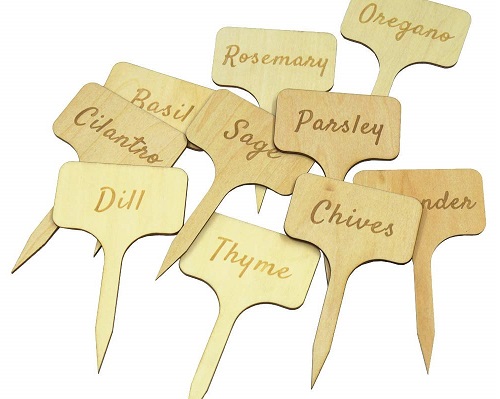
Labelling is a technique many beginners practice. For those who have difficulty in remembering the names of flowers this is your answer. This will help you in identifying the flowers, especially when it is in its seedling stage, where every plant looks the same in the eyes of a novice gardener.
Containers

Plant the seeds in a seedling container or bags. The depth of the soil should be about 3-4 times the diameter of the seed unless it is written otherwise on the packaging. Water them thoroughly thereafter.
Transplant young plants
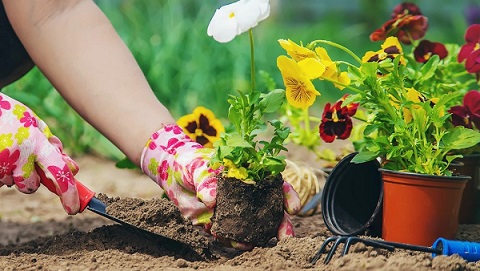
Transplant the young plants to a bigger pot/container or dig up a hole as wide as the root ball, whichever is your preference as its final spot. Fluff up the soil and add some fertilizer or organic manures to boost its growth. Place the root ball and cover them with soil and water them gently.
Watering Your Flowers
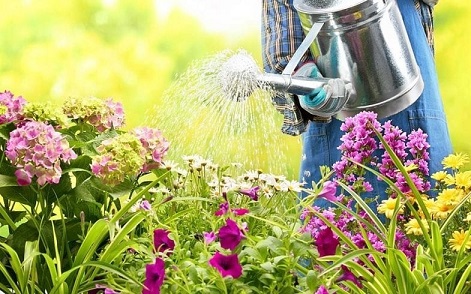
The right way of watering your plants will be the deciding factor. It will either sustain them or waterlogged them and thereby damage the plants. The ideal moisture level is about 3-4 inches beneath the surface.
Protect your plants
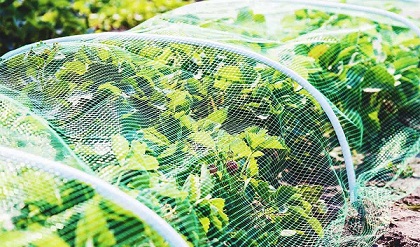
Protect your plants from pests and diseases by using homemade pest control remedies like mixture of neem oil, water and a few drops of dish soap. Spray this solution on your plants every two weeks to keep away the pests and ensure its healthy growth.
Pruning

Not all plants require pruning but many do. It encourages healthy growth of new buds. Pruning or trimming should be done taking the type of plants and climate into consideration.
Read these 10 Simple Steps to Build a Garden Shed!
Classification of plants
These classifications of plants are made based on their life span.

Annuals:
Most flowers we see people growing are annuals, meaning they need to be planted every year. Though some of them display self-sowing nature. Therefore they are often called “volunteers.” Some popular flowers of this type are Pansies, Petunias, Impatiens, Marigolds, Zinnias, Cosmos, Morning Glories and Sweet Peas.
Biennials:
These plants complete their life cycle in two years. They are focused on germination and development of root, stem and leaves in the first year. In the second year, they yield flowers and bear fruits. Some biennial flowers are Foxglove, Sweet William, Hollyhock and Black-eyed Susan.
Perennials:
These are plants which complete their life cycle in more than two years. Perennial flowers beautify a garden because of their longer lifespan. Once they start growing, these plants starts to bloom, bear seeds and the cycle continues for many seasons. Trees in general are classified as perennials. These are examples of perennial flowers- Peony, Lavender, Daylily, Japanese Anemone, Bleeding-heart, Oxeye Daisy etc. [s]
Apart from the flowering plants mentioned. There are many scrubs, herbs, vegetables, fruits, ornamental grasses and trees that fall under the above mentioned classifications. Ornamental grasses are fuss free plants except for occasional watering and pruning. They are resilient to cold temperatures and function as an aesthetic backdrop for your backyard throughout the year. Some examples are Cloud grass, Pampas grass, Deer grass etc. Flowering Shrubs like Rhododendron, Hydrangea, Camellia, Lilac and Azalea beautify gardens and porch areas extensively. Some of them also make stunning cut flowers and bouquets.
Benefits of flower gardening
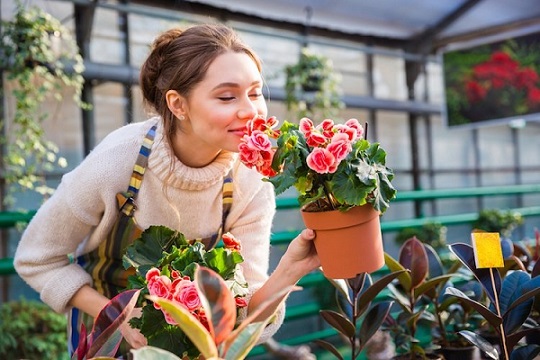
- It serves as a heaven for Pollinators i.e. Bees, Moths and Butterflies. Thereby Pollination is carried out which is crucial in agriculture and food production.
- Gardening is a healthy activity. It is an exercise in the form of bending, lifting and stretching. Also, it aids to our cognitive and emotional health.
- It creates a visual appeal because of its colours and landscape designs.
- It can lower the carbon footprint of people by supplying carbon dioxide through planting more.
Looking For Garden Sheds? Read our review about the Lifetime outdoor storage shed and see if it suits your taste!
Conclusion: The Art of Growing Flowers
Gardening is an art as well as a science. It is an art since it involves layout designs for growing spaces and arrangement based on their surroundings. Growing flowers is a science because of its technicalities – principles and methods incorporated for its healthy growth and cultivation which is based on its physiology, chemistry and botany.
It is a well-known fact that even during the medieval and pre-medieval times, flower gardens or gardening in general had a prominent feature in every royal and wealthy family estates. The Shalimar Garden (Kashmir), Lodhi Garden (Delhi), Keukenhof Garden (Netherlands), Gardens of Versailles (France) is some examples.
These gardens are visited by tourists from every corner of the world for their resplendent beauty and its symbolic cultural heritage. Planting flowers and maintaining it can be a de-stressing activity and also serve as a family bonding time.
The knowledge about the benefits of flowers in the environment will also satisfy you. Therefore, it is safe to conclude that for many, our brain releases Dopamine while gardening.

